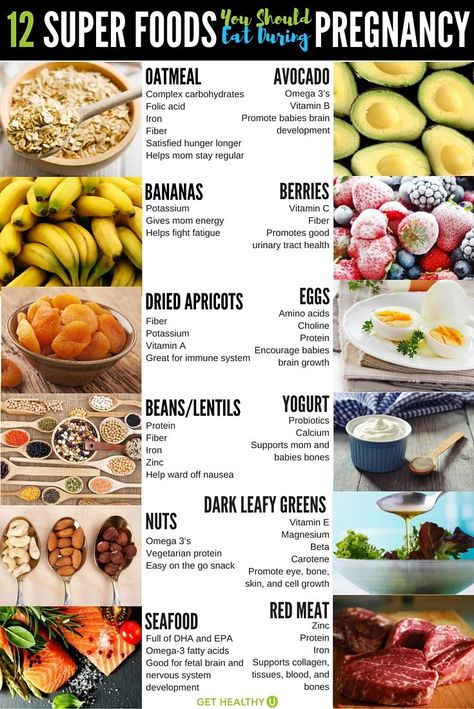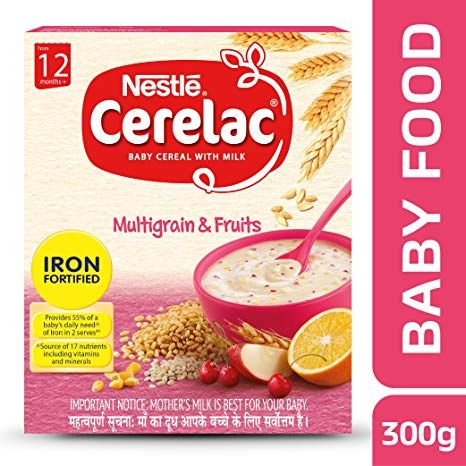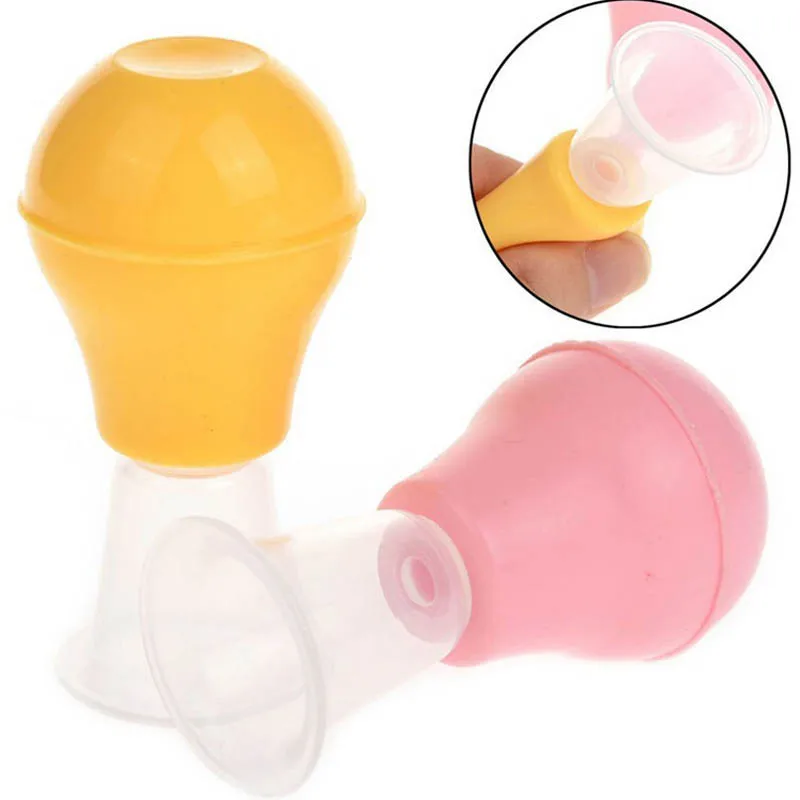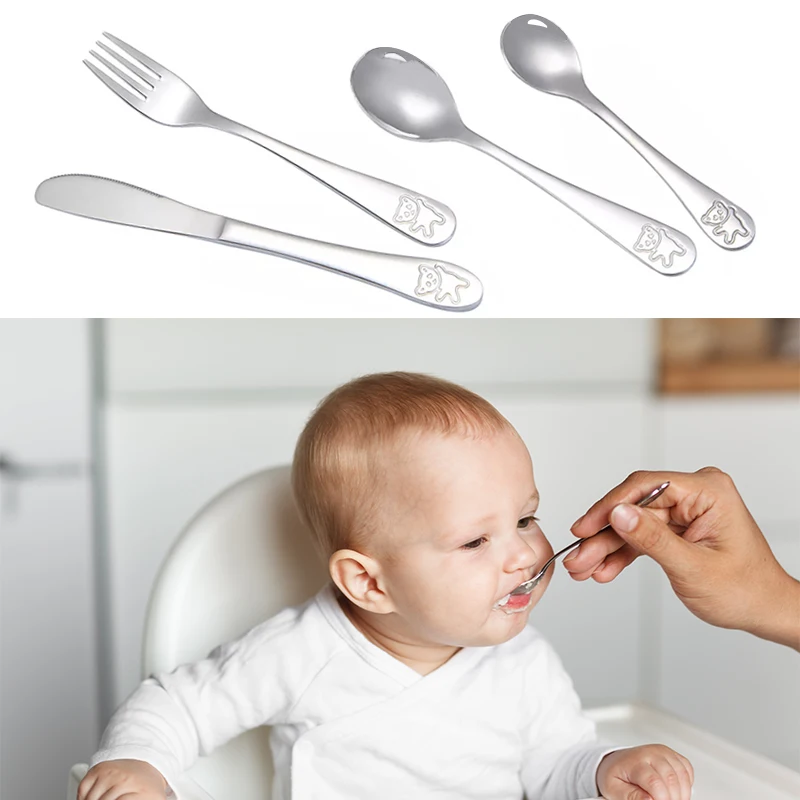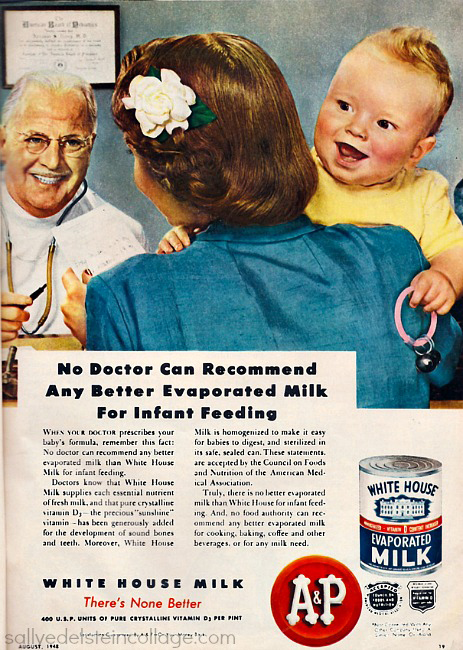Baby brain foods
Baby brain food: 7 foods to fuel brain development
- Wellness
- Baby brain food: 7 foods to fuel brain development
By uclahealth • May 5, 2022
If you’ve ever spent time with a toddler, you probably know they learn quickly and absorb new information like a sponge. But brain development begins long before a child can walk and talk.
Brain cells multiply at an astonishing rate as a baby develops in the womb. The brain continues to grow during infancy as motor functions such as balance and coordination develop. During the toddler years (ages 1 to 3), the brain increases cognitive ability — how quickly a child can interpret and relay information to perform complex tasks.
During these periods of peak growth, nutrition plays an important role. For toddlers, not getting the right nutrients can have a detrimental impact on cognitive development — affecting memory, attention and academic ability later in life.
Key nutrients for baby brain developmentWhile all nutrients are important for brain growth and functioning, some play a bigger role in early brain development than others. The American Academy of Pediatrics Committee on Nutrition recommends certain nutrients for healthy brain development in toddlers:
- Choline
- Folate
- Iodine
- Iron
- Long-chain polyunsaturated fatty acids, such as omega-3 fatty acids
- Protein
- Vitamins A, D, B6 and B12
- Zinc
No one food or “superfood” can ensure optimal brain development for toddlers. But some foods are packed with a variety of the necessary nutrients. Just be sure to monitor all new foods to ensure there’s no potential allergy.
1. EggsEggs are nutritious and typically a crowd-pleaser for young children. Brain-boosting nutrients in eggs include choline, vitamin B12 and protein. Choline is especially important for normal brain development and can improve cognitive functioning. Two whole eggs a day provide the choline that children age 8 and younger need.
Oily fish and other seafood provide a lot of bang for the buck when it comes to brain development —protein, zinc, iron, choline, iodine and omega-3 fats. But avoid feeding your toddler seafood that is high in mercury such as tuna and swordfish. Too much mercury can have harmful effects on a child’s developing nervous system. Instead, opt for low-mercury options such as shrimp, salmon, tilapia, crab or cod. Children under age 3 can have a 1-ounce serving two to three times a week.
3. Leafy green vegetablesThere’s a reason that parents try to hide extra leafy greens, such as spinach and kale, in their children’s smoothies and pasta sauce: They’re a great source of iron and folate. Research shows that children who get enough folate tend to have better cognition than kids who don’t get enough. Iron plays an important role in the development of the hippocampus — the part of the brain responsible for learning and memory.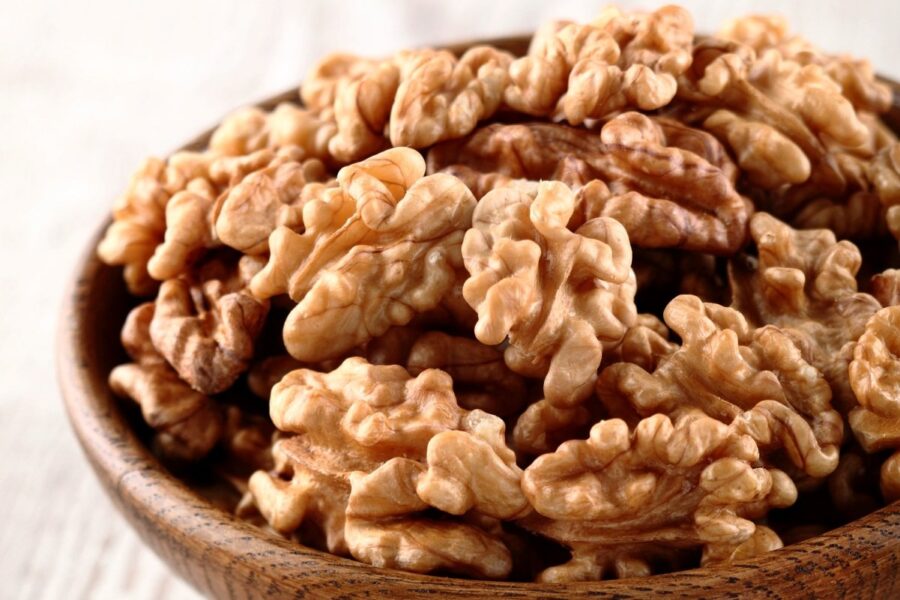
Lean beef qualifies as brain food because it is an excellent source of zinc and iron. Iron is especially vital for young children because they are more likely to experience anemia (low iron levels). Nearly one in 10 American children age 3 and younger has an iron deficiency, which can contribute to learning difficulties and attention deficit hyperactivity disorder (ADHD). Black bean or soy burgers work as great iron-containing burger substitutes.
5. YogurtUnsweetened yogurt is an easy, kid-friendly way to support brain growth. It contains nutrients such as protein, zinc, choline and iodine. Children need iodine to produce thyroid hormones, which are vital to brain development and neurological processes. Even mild iodine deficiency may affect a child’s overall cognitive function and ability to reason.
6. Nuts & seedsFood such as nuts, seeds and nut butters make a protein- and zinc-packed snack.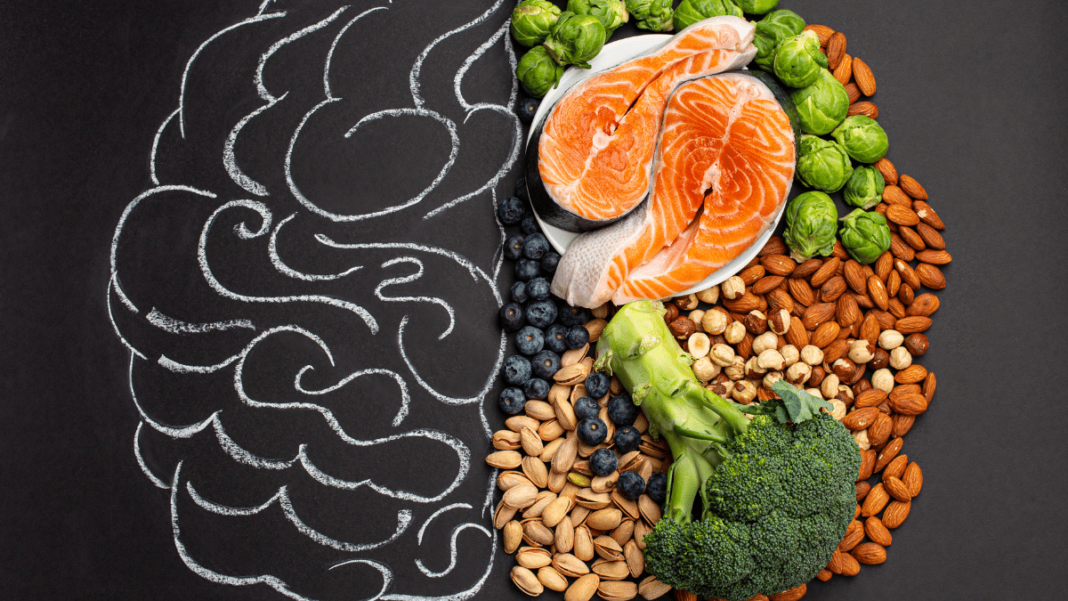 Protein contributes to healthy brain growth and the development of long-term memory. Zinc also plays an important role during the toddler years, when the brain is growing rapidly. Insufficient amounts of zinc may affect your child’s cognitive development, impairing their memory and ability to learn.
Protein contributes to healthy brain growth and the development of long-term memory. Zinc also plays an important role during the toddler years, when the brain is growing rapidly. Insufficient amounts of zinc may affect your child’s cognitive development, impairing their memory and ability to learn.
Whole nuts and seeds can be a choking hazard, so try adding water to small amounts of peanut butter, or giving peanut-flavored “puff” snacks instead. Just make sure to choose puffs made from real peanuts with no artificial flavoring.
7. BeansBeans offer several beneficial nutrients for a developing brain including zinc, protein, iron, folate and choline. Some types of beans, such as kidney, pinto and soybeans, also contain high amounts of omega-3 fatty acids. For vegetarian children, the iron and protein in beans make them an excellent substitute for meat.
If you are concerned about your toddler’s diet or want more guidance about what your toddler should be eating, reach out to your child’s primary care physician.
Tags: brain development, cognitive health, healthy foods, infants, nutrients, peanuts, seafood, toddler diet, toddlers, vegetables, Wellness
Related Posts
How does racism make you sick?
New research from UCLA studies how stress, racism and discrimination impact biology
Top 10 Brain Foods for Children
Give your child’s brain a nutritional boost.
Written by Jeanie Lerche Davis
Want your child to do better in school? Take a close look at diet. Certain "brain foods" may help boost a child's brain growth -- plus improve brain function, memory, and concentration.
In fact, the brain is a very hungry organ -- the first of the body's organs to absorb nutrients from the food we eat, explains Bethany Thayer, MS, RD, a Detroit nutritionist and spokeswoman for the American Dietetic Association (ADA).
"Give the body junk food, and the brain is certainly going to suffer," she tells WebMD.
Growing bodies need many types of nutrients -- but these 10 superfoods will help kids get the most from school.
1. Brain Food: Salmon
Fatty fish like salmon are an excellent source of the omega-3 fatty acids DHA and EPA -- both essential for brain growth and function, says Andrea Giancoli, MPH, RD, a Los Angeles nutritionist and ADA spokeswoman.
In fact, recent research has also shown that people who get more of these fatty acids in their diet have sharper minds and do better at mental skills tests.
While tuna is also a source of omega-3s, it's not a rich source like salmon, Giancoli tells WebMD.
"Tuna is definitely a good source of lean protein, but because it's so lean it's not very high in omega-3s like canned salmon is," Giancoli tells WebMD. Also, albacore "white" tuna has more mercury than canned light tuna, so the EPA advises eating no more than 6 ounces of albacore tuna weekly.
Eat more salmon: Instead of tuna sandwiches, make salmon salad for sandwiches -- canned salmon mixed with reduced-fat mayo or non-fat plain yogurt, raisins, chopped celery, and carrots (plus a little Dijon mustard if your child likes the taste).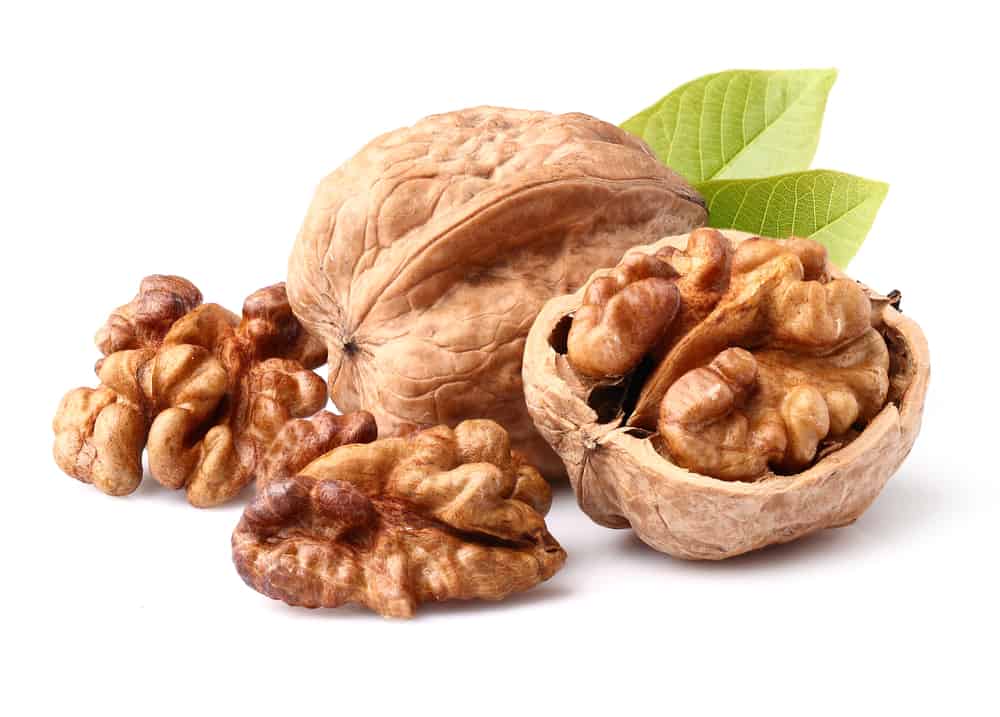 Serve on whole-grain bread -- which is also a brain food.
Serve on whole-grain bread -- which is also a brain food.
Soup idea: Add canned salmon to creamy broccoli soup -- plus frozen chopped broccoli for extra nutrition and soft texture. Boxed soups make this an easy meal, and are generally low in fat and calories, Giancoli says. Look for organic boxed soups in the health food section.
Make salmon patties -- using 14 oz. canned salmon, 1 lb. frozen chopped spinach (thawed and drained), 1/2 onion (finely chopped), 2 garlic cloves (pressed), 1/2 teaspoon salt, pepper to taste. Combine ingredients. Mix well. Form into small balls. Heat olive oil in pan, flatten spinach balls with spatula. Cook over medium heat. Serve over brown rice (instant or frozen).
2. Brain Food: Eggs
Eggs are well-known as a great protein source -- but the egg yolks are also packed with choline, which helps memory development.
Eat more eggs: Send your child off to school with a grab-and-go breakfast egg burrito. Try breakfast for dinner one night a week -- scrambled eggs and toast.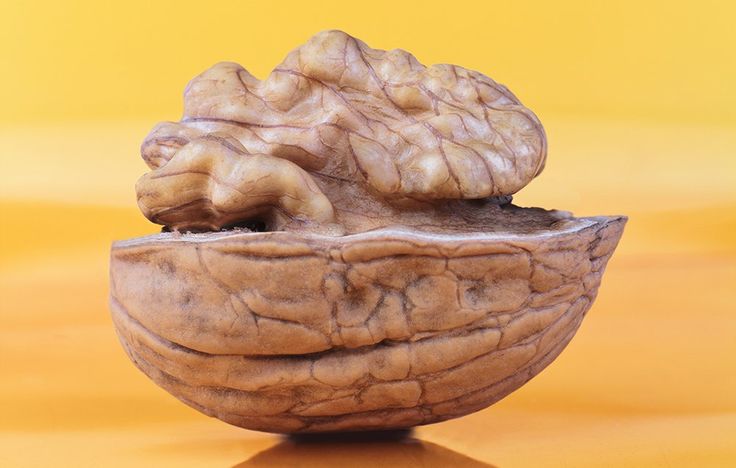 Make your own egg McMuffin at home: just put a fried egg on top of a toasted English muffin, topped with a slice of low-fat cheese.
Make your own egg McMuffin at home: just put a fried egg on top of a toasted English muffin, topped with a slice of low-fat cheese.
3. Brain Food: Peanut Butter
"Peanuts and peanut butter are a good source of vitamin E, a potent antioxidant that protects nervous membranes -- plus thiamin to help the brain and nervous system use glucose for energy," says Giancoli.
Eat more peanut butter: For a twist on an old favorite, make a peanut butter and banana sandwich. Dip apple slices in peanut butter. Or, top off your favorite salad with a handful of peanuts.
4. Brain Food: Whole Grains
The brain needs a constant supply of glucose -- and whole grains provide that in spades. The fiber helps regulate the release of glucose into the body, Giancoli explains. "Whole grains also have B-vitamins, which nourish a healthy nervous system."
Eat more whole grains: It's easy to find more whole grain cereals these days (make sure a whole grain is the first ingredient listed). But also think outside the box -- and try whole wheat couscous for dinner with cranberries, or low-fat popcorn for a fun snack, she suggests.
But also think outside the box -- and try whole wheat couscous for dinner with cranberries, or low-fat popcorn for a fun snack, she suggests.
Whole-grain bread is a must for sandwiches. Switch to whole-grain tortillas and chips for quesadillas, wraps, and snacks.
5. Brain Food: Oats/Oatmeal
Oats are one of the most familiar hot cereals for kids and a very nutritious “grain for the brain,” says Sarah Krieger, MPH, RD, LD/N, a St. Petersburg, Fla. consultant and ADA spokeswoman. "Oats provide excellent energy or fuel for the brain that kids need first thing in the morning."
Loaded with fiber, oats keep a child’s brain fed all morning at school. Oats also are good sources of vitamin E, B-vitamins, potassium and zinc -- which make our bodies and brains function at full capacity.
Eat more oats: Top hot oatmeal with pretty much anything -- applesauce and cinnamon, dried fruit and soy milk, sliced almonds and a drizzle of honey, fresh banana and a dash of nutmeg with skim milk, Krieger suggests.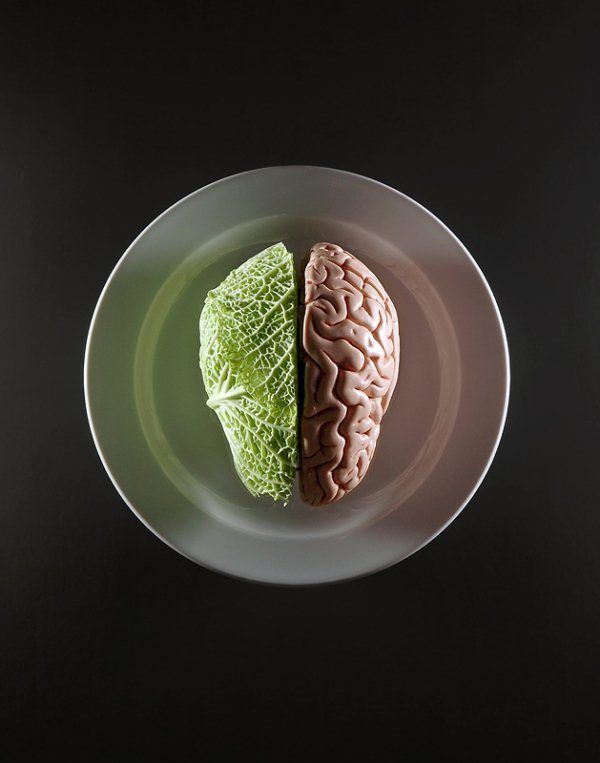
Cooking? Throw a handful of dry oats into a smoothie to make it thick -- or into pancake, muffin, waffle or a granola bar recipe.
Here’s a simple snack kids can make: 1 cup peanut butter, ½ cup honey, 1 cup dry oats, ½ cup dry milk powder. Mix it up with your hands -- then put a tablespoon between 2 apple or pear slices for a fun and different sandwich!
6. Brain Food: Berries
Strawberries, cherries, blueberries, blackberries. "In general, the more intense the color, the more nutrition in the berries," Krieger says. Berries boast high levels of antioxidants, especially vitamin C, which may help prevent cancer.
Studies have shown improved memory with the extracts of blueberries and strawberries. "But eat the real thing to get a more nutritious package," Krieger says. "The seeds from berries are also a good source of omega-3 fats.."
Eat more berries: Add berries to veggies that may need a flavor boost -- like sliced sweet cherries with broccoli or strawberries with green beans.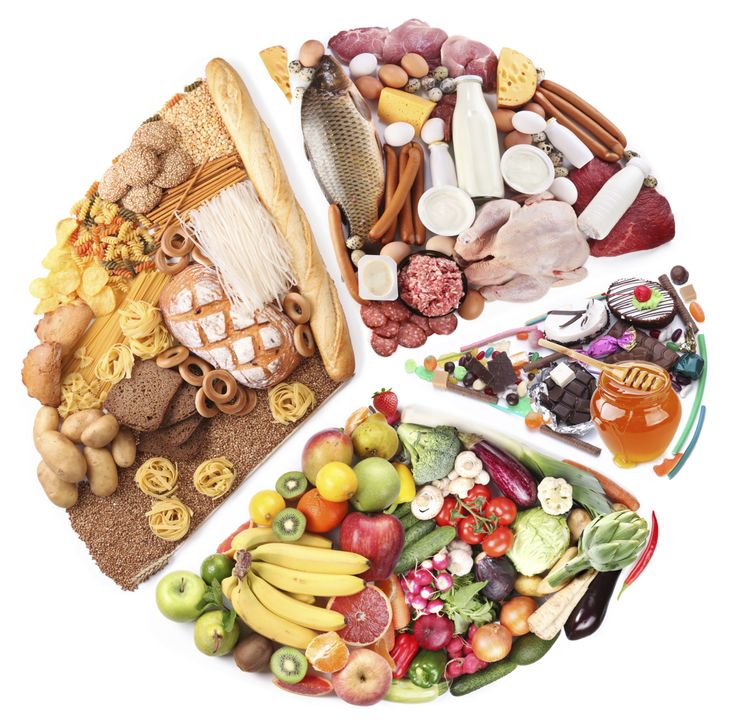 Toss berries into a green salad. Add chopped berries to a jar of salsa for an excellent flavor surprise.
Toss berries into a green salad. Add chopped berries to a jar of salsa for an excellent flavor surprise.
More berry ideas: Add berries to yogurt, hot or cold cereal, or dips. For a light dessert, top a mound of berries with nonfat whipped topping, Krieger suggests.
7. Brain Food: Beans
Beans are special because they have energy from protein and complex carbs -- and fiber -- plus lots of vitamins and minerals, Krieger says. "These are an excellent brain food since they keep a child's energy and thinking level at peak all afternoon if they enjoy them with lunch."
Kidney and pinto beans contain more omega 3 fatty acids than other beans -- specifically ALA, another of the omega-3’s important for brain growth and function, says Krieger.
Eat more beans: Sprinkle beans over salad and top with salsa. Mash vegetarian beans and spread on a tortilla. Mash or fill a pita pocket with beans -- and add shredded lettuce and low-fat cheese. Add beans to spaghetti sauce and salsa. Infants love mashed beans with applesauce!
Infants love mashed beans with applesauce!
8. Brain Food: Colorful Veggies
Tomatoes, sweet potatoes, pumpkin, carrots, spinach -- vegetables with rich, deep color are the best sources of antioxidants that keep brain cells strong and healthy, Thayer says.
Eat more veggies: Try sweet potato fries: Cut up in wedges or sticks. Spray them with vegetable oil cooking spray and then bake them in the oven (400 degrees, 20 minutes or until they start to brown).
Make pumpkin muffins: Mix 1 15-ounce can of pumpkin with a box of your favorite cake or muffin mix. Stir the two ingredients together and follow the directions.
Baby carrots and tiny tomatoes fit nicely into lunch bags. Kids love spinach salads with lots of stuff in them -- like strawberries, mandarin oranges, sliced almonds. Another trick: Sneak all sorts of chopped veggies into spaghetti sauce, soups, and stews.
9. Brain Food: Milk & Yogurt
Dairy foods are packed with protein and B-vitamins -- essential for growth of brain tissue, neurotransmitters, and enzymes.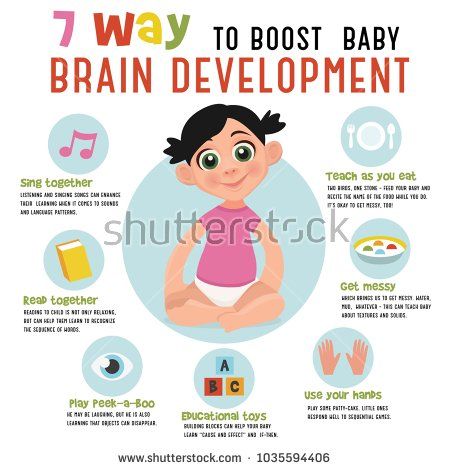 "Milk and yogurt also provide a bigger punch with both protein and carbohydrates – the preferred source of energy for the brain," Thayer says.
"Milk and yogurt also provide a bigger punch with both protein and carbohydrates – the preferred source of energy for the brain," Thayer says.
Recent research suggests that children and teens need 10 times more the recommended dose of vitamin D -- a vitamin that benefits the neuromuscular system and the overall life cycle of human cells.
Eat more dairy: Low-fat milk over cereal -- and calcium- and vitamin D-fortified juices -- are easy ways to get these essential nutrients. Cheese sticks are great snacks.
Low-fat yogurt parfaits are also fun. In a tall glass, layer yogurt with berries (fresh, frozen, or dried) and chopped nuts (almonds or walnuts), Thayer suggests.
10. Brain Food: Lean Beef (or Meat Alternative)
Iron is an essential mineral that helps kids stay energized and concentrate at school. Lean beef is one of the best absorbed sources of iron. In fact, just 1 ounce per day has been shown to help the body absorb iron from other sources. Beef also contains zinc, which helps with memory.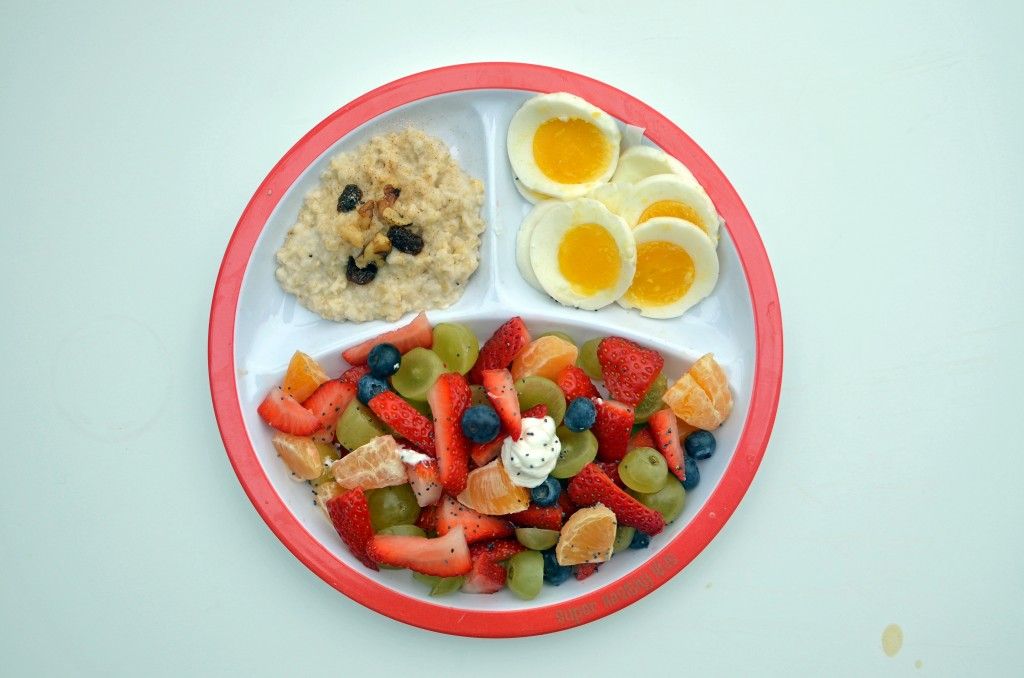
For vegetarians, black bean and soy burgers are great iron-rich meatless options. Beans are an important source of nonheme iron -- a type of iron that needs vitamin C to be absorbed. Eat tomatoes, red bell pepper, orange juice, strawberries, and other "Cs" with beans to get the most iron.
For a burger-less source of iron -- try spinach. It's packed with nonheme iron, too.
Eat more iron: For dinner, grill kebobs with beef chunks and veggies. Or stir-fry a bit of beef with kids' favorite veggies. Grill black bean or soy burgers, then top with salsa or a tomato slice. Or, chow down on a spinach salad (with mandarin oranges and strawberries for vitamin C).
Food for the mind: foods that improve brain function at different ages smarter even in old age. Of course, it is better to “feed” the brain correctly throughout life, starting from the prenatal period.
What does our brain need?
Although our brain is only the size of a small head of cauliflower, it is the most voracious part of the body.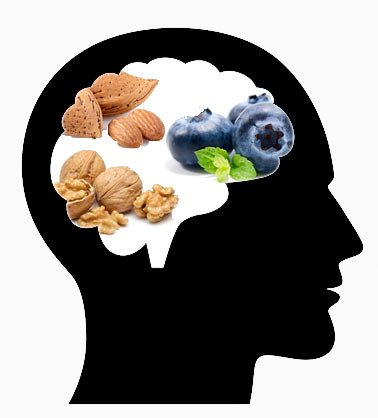 By weight, it makes up only 2.5% of our total weight, and absorbs up to 20% of the calories we consume. There are several types of important foods, the regular use of which throughout life improves brain function, provides it with high-quality raw materials for the formation of new cells, and thus preserves our intelligence, preventing mental decline. To satisfy the "brain" hunger, you need two types of food. Firstly, the fuel necessary for the daily work of brain cells and replenishing energy reserves. And, secondly, substances that would support his daily activities.
By weight, it makes up only 2.5% of our total weight, and absorbs up to 20% of the calories we consume. There are several types of important foods, the regular use of which throughout life improves brain function, provides it with high-quality raw materials for the formation of new cells, and thus preserves our intelligence, preventing mental decline. To satisfy the "brain" hunger, you need two types of food. Firstly, the fuel necessary for the daily work of brain cells and replenishing energy reserves. And, secondly, substances that would support his daily activities.
The following nutritional recommendations will help extend the life of our brain.
Before birth (fetal development)
- Photo
- Getty Images/Tetra images RF
What the brain needs
Children today are often diagnosed with Attention Deficit Hyperactivity Disorder (ADHD). Scientists have found out how the quality of the food of a pregnant woman affects the development of this syndrome in an unborn child. In particular, they turned their attention to omega-3 fatty acids. One of the leading experts on ADHD, Dr. Alex Richardson of the University of Oxford, says that there is no specific treatment or diet for this type of disorder yet, but foods rich in omega-3s can help relieve symptoms and improve overall health. After all, in order for the 100 billion brain cells with which a child is born to develop, a sufficient supply of folic acid, omega-3 fatty acids, iodine, iron and zinc is required.
Scientists have found out how the quality of the food of a pregnant woman affects the development of this syndrome in an unborn child. In particular, they turned their attention to omega-3 fatty acids. One of the leading experts on ADHD, Dr. Alex Richardson of the University of Oxford, says that there is no specific treatment or diet for this type of disorder yet, but foods rich in omega-3s can help relieve symptoms and improve overall health. After all, in order for the 100 billion brain cells with which a child is born to develop, a sufficient supply of folic acid, omega-3 fatty acids, iodine, iron and zinc is required.
What products contain it?
Bread, cereals, green vegetables, oranges or fruit juice are needed even during pregnancy, as these foods are rich in folic acid. Doctors also recommend that pregnant women take 0.8 mg of folic acid every day until the 12th week of pregnancy, and preferably at least 4 weeks before conception. Since some women require higher doses, it is best to discuss this with your doctor.
Fatty fish such as sardines, tuna, salmon, mackerel are the best source of long chain omega-3 fatty acids (EPA, DHA, DPA). And canola, flaxseed, and walnut oils provide us with ALA, another type of these fats.
Use iodized salt. Table salt is recommended for cooking pasta and vegetables, and sea salt can be added to ready-made dishes. Other sources of iodine are fish, dairy products, eggs, and baked goods with iodized salt.
Red meat is the most affordable source of iron. If you don't eat meat or fish, include plenty of legumes, fortified breads and cereals in your diet. For better absorption of iron from these foods, take them with fruit juice, but not tea - it impairs the absorption of iron. Most of these products will also provide you with zinc.
Be careful!
Meat is a great option, but don't overdo the liver. It is an excellent source of iron, but it contains too much vitamin A. Too much of it can damage the brain development of the unborn baby. It is enough to eat liver dishes once a week. And be careful with fish oil supplements, they are also too high in vitamin A. Before taking them during pregnancy, check with your doctor.
It is enough to eat liver dishes once a week. And be careful with fish oil supplements, they are also too high in vitamin A. Before taking them during pregnancy, check with your doctor.
Smoking and alcohol abuse are also dangerous for a child's brain development. During pregnancy, it is really important to give up bad habits.
Children under 3
- Photo
- Getty Images/Blend Images
What the brain needs
At birth, a baby's brain has about 100 billion cells, but it is only 15% developed. As they say, "the lights are on, but no one is home." The cells are already there, but there are no connections between them yet. The brain will be almost fully developed by the baby's third birthday, and in the first 3 years of life, impulses should begin to pass from one cell (neuron) to another. To ensure proper development of the baby, the process of connecting these brain cells must begin already in newborns. For this to happen, children need omega-3s, iron and zinc.
For this to happen, children need omega-3s, iron and zinc.
What products contain it?
Breastfeeding is the best food for young children as it provides them with everything they need during their growing season, including omega-3 fatty acids, especially DHA.
Iron-rich foods are just as important, if not more so, for babies than for pregnant women. Babies are born with a supply of iron that lasts about 6 months. After that, they require dietary sources of iron. Meat purees should be introduced at the age of 6-7 months. Baby cereals, vegetables, beans and lentils also provide us with iron, as does fish, which can be introduced from about 8 months. Most of these products also contain zinc.
The use of these products during the first 3 years of life and beyond is very important so that the brain cells can work to their full potential. Do not rush to transfer a child from breast milk or infant formula to cow's milk, poor in iron - this may affect his health in the future.
But food for a child's brain is not only food. All the experience accumulated by a child in 3 years affects his ability to learn and behavior in the future. Children need a safe and comfortable home with a variety of intellectual stimulation options. Talk, read, sing and play with your children, let them feel that you love them.
By the way!
Food alone is not enough to improve brain function. Scientists recommend doing exercises for the brain - neurobics. The basic idea is simple: do the usual things in an unusual way, and you will not let the brain "wither". The more varied and non-standard tasks that you set for yourself, the better. In scientific terms, this is what will happen: new synapses-connections are formed between neurons, the cerebral cortex thickens and becomes more tortuous. In general, the brain is literally "pumped". Read more about neuroscience here.
Schoolchildren
- Photo
- Getty Images/iStockphoto
What the brain needs
At this age, the brain processes a lot of new information every day. Proper nutrition has a positive impact on children's school performance. These conclusions were reached by researchers from Canada, who studied the diet of 5,200 honors students. Children whose diets were rich in fruits, vegetables, grains, dietary fiber, protein, iron, calcium, and vitamin C performed better in reading and writing than those whose diets were rich in saturated fat, salt, and "empty" carbohydrates . Previous research has shown that malnourished children were uncollected and did worse in school. Conclusion: in school years, the brain needs proteins, carbohydrates, omega-3s and various vitamins and minerals.
Proper nutrition has a positive impact on children's school performance. These conclusions were reached by researchers from Canada, who studied the diet of 5,200 honors students. Children whose diets were rich in fruits, vegetables, grains, dietary fiber, protein, iron, calcium, and vitamin C performed better in reading and writing than those whose diets were rich in saturated fat, salt, and "empty" carbohydrates . Previous research has shown that malnourished children were uncollected and did worse in school. Conclusion: in school years, the brain needs proteins, carbohydrates, omega-3s and various vitamins and minerals.
What products contain this?
Breakfast, heavy or not, gives the brain fuel to work. Toast, porridge, eggs, fruit or yogurt is a great start to the school day.
Any protein food, such as meat, fish, nuts, cheese or milk, makes the student attentive. It stimulates the feel-good hormone dopamine, helping him enjoy lessons he usually doesn't enjoy.
A peanut butter sandwich helps to transmit impulses from neuron to neuron as quickly as possible. If the student cannot tolerate peanuts, replace them with an egg, lean meat, or cheese.
Oily fish is important for both academic success and growth. Canned fish is suitable for sandwiches or rolls, which can be given to the child with him to school.
Try adding fruits and vegetables to every meal to ensure you get a full complement of brain-friendly vitamins and minerals. It's also a good solution for a healthy break snack. No proper food can replace a good night's sleep. At the lesson, at the stadium or at the exam, the child will be able to do much more if he gets enough sleep.
Adults
- Photo
- Getty Images/E+
What does the brain need?
About 2/3 of each brain cell consists of fats. To effectively send messages, its walls must be flexible, which depends on their content of omega-3. If there are too few of them, the cell walls become rigid, if there are too many, they become soft and sluggish. It all depends on the right amount. The ratio between omega-6 and omega-4 is also important as these two types of fat compete with each other. Omega-3s will be neutralized if they are dominated by omega-6s. Since we get a lot of omega-6 from food (from vegetable oils), it is recommended to eat more food containing omega-3, such as oily fish.
If there are too few of them, the cell walls become rigid, if there are too many, they become soft and sluggish. It all depends on the right amount. The ratio between omega-6 and omega-4 is also important as these two types of fat compete with each other. Omega-3s will be neutralized if they are dominated by omega-6s. Since we get a lot of omega-6 from food (from vegetable oils), it is recommended to eat more food containing omega-3, such as oily fish.
With over 40 years of experience, we want to think as clearly and quickly as possible. To perform at its best, the adult brain needs a continuous supply of energy throughout the day. Only starchy carbohydrates can provide this.
What products contain this?
Wherever you eat: at home, in the car or at work, breakfast is just as important for an adult as it is for a student. Eating only air, you will not be able to fully work.
If morning tea is part of your workflow, pair it with a fruitcake, a sausage roll, or a large biscuit from a local café.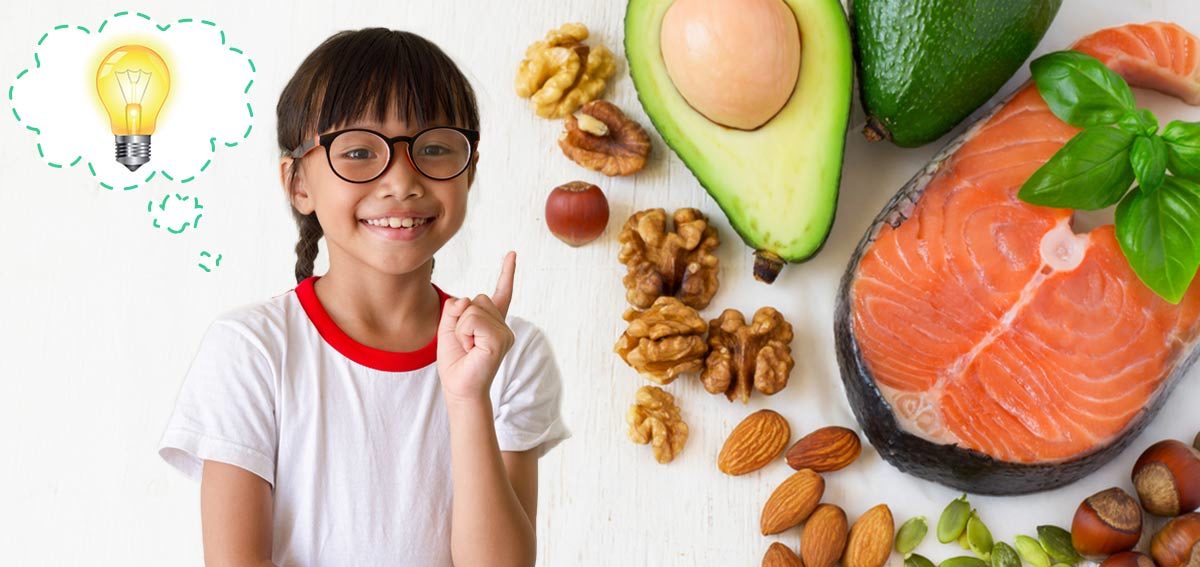
Drinks containing caffeine, such as coffee and tea, are helpful throughout the day. The caffeine burst will help you in meetings and conferences, but keep in mind that it only peaks an hour after you've had coffee or tea.
Eat at regular intervals during the day, this will help you keep the fuel for the brain at the proper level. Find time for lunch. Keep an emergency supply on your desk in case you can't go to lunch. Canned fish, beans, fruit or rice pudding keep well, and crackers, nuts, or low-calorie granola bars will do as well.
Avoid chocolate or muffins in the middle of the day when energy levels are low. But don't give up sugar altogether. After lunch, take a walk around the office or get some air to stimulate the brain. If you weren't able to eat lunch, eat a sandwich or fruit for a long-term energy boost.
The elderly
- Photo
- Getty Images/Image Source
As we age, our brain becomes more like a sieve. Brings memory, reactions. It is more difficult for us to remember, even more difficult to remember, analyze, focus on the thought process. And this, in essence, is a natural phenomenon: our gray matter, like the whole body, is subject to the process of oxidation - the same one that corrodes metal with rust, or covers an overripe apple with brown spots. This is why as we age, more than ever, our brains need antioxidants and B vitamins, especially choline.
Brings memory, reactions. It is more difficult for us to remember, even more difficult to remember, analyze, focus on the thought process. And this, in essence, is a natural phenomenon: our gray matter, like the whole body, is subject to the process of oxidation - the same one that corrodes metal with rust, or covers an overripe apple with brown spots. This is why as we age, more than ever, our brains need antioxidants and B vitamins, especially choline.
What products contain it?
The main allies in the fight against brain aging are antioxidant-rich fruits and vegetables. By the way, they also help to slow down oxidative processes throughout the body, moreover, without any plastic surgery. Include carrots, beets, broccoli, tomatoes, kiwi, blueberries, avocados in your diet. In addition, the “menu” of a mature brain must include nuts and seeds, cereals, butter and dark chocolate (necessarily of high quality). These products inhibit the oxidation of gray matter.
To get the vitamins of group B necessary for the normal functioning of the brain in old age, you need to eat various types of meat, citrus fruits, vegetables, grain bread.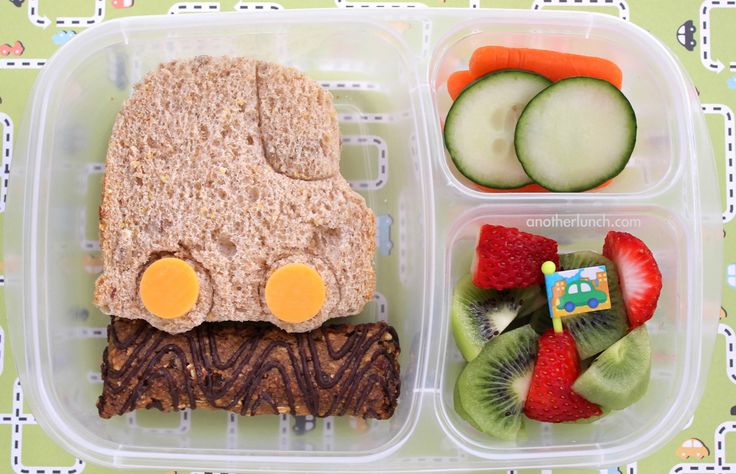 The most useful product for the brain of an aged person is an egg, a source of choline. It has been scientifically proven that people with Alzheimer's disease and senile dementia have a lower content in the body of such an important substance for the functioning of the brain as acetylcholine. You can prevent its decrease in the body by eating eggs, milk, liver and red cabbage. There are a number of studies proving that the so-called "Mediterranean diet" (fatty fish, fresh fruits and vegetables) is useful for older people to prevent the development of senile dementia.
The most useful product for the brain of an aged person is an egg, a source of choline. It has been scientifically proven that people with Alzheimer's disease and senile dementia have a lower content in the body of such an important substance for the functioning of the brain as acetylcholine. You can prevent its decrease in the body by eating eggs, milk, liver and red cabbage. There are a number of studies proving that the so-called "Mediterranean diet" (fatty fish, fresh fruits and vegetables) is useful for older people to prevent the development of senile dementia.
Don't forget about the benefits of an active lifestyle in adulthood - no matter how good your diet is, but adequate exercise for the brain is also important.
10 products, beneficial for the brain at any age:
-
BLACK
-
Cranberry
-
Fat fish, tuna, sardins, salmon
-
901 901 901 901 901 901 901 901 Nuts: hazelnuts, peanuts, cashews
-
Claires and MURULY
-
Bread
-
Eggs
-
Red -haired cabbage
-
Yogurt
Anna Borisova, Svetlana Lyuboshits
Food for thought - NCCH
Senior preschool (from 4 to 6 years old) and junior school age (from 6 to 10 years old) are two very important periods in a child's life.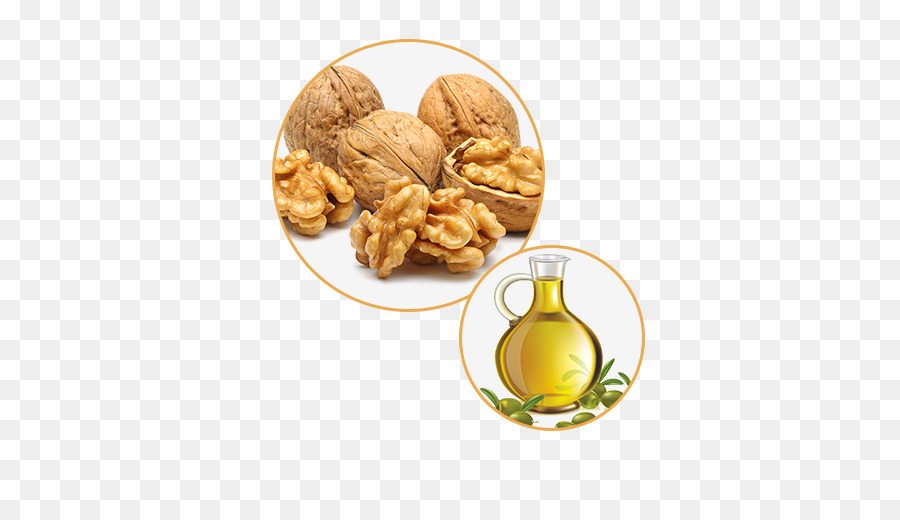 It was at this time that the intensive development of memory, speech, attention takes place, the formation of character, the emotional sphere and many habits, including food habits, takes place.
It was at this time that the intensive development of memory, speech, attention takes place, the formation of character, the emotional sphere and many habits, including food habits, takes place.
In order to ensure the correct development of the child in different age periods, food, not only quantitatively, but qualitatively, must strictly meet the physiological needs and capabilities of the child's body.
It is especially important to properly approach the issue of nutrition for children who will go to school for the first time. During this crucial period of increased psychological, physical, mental and emotional stress, the child's body should be supported with all the necessary nutrients.
The brain makes up only 2-3% of body weight, but consumes about 20% of all energy received from food.
The dependence of intelligence on the quality of nutrition can be considered proven. Large-scale studies have reliably confirmed that maternal malnutrition during pregnancy and poor nutrition of the child in infancy have an almost irreversible negative impact on the development of mental abilities.
The cells of the brain, like all other cells of the body, are composed of proteins, fats and carbohydrates.
The role of proteins in the life of a child's body is exceptionally great and diverse. Since the child has practically no reserve reserves of protein, he needs a constant supply of protein from food, primarily protein of animal origin, which includes essential (not formed in the body) amino acids.
Fats are part of cells and cell membranes. The intake of essential polyunsaturated fatty acids with food, which perform the most important functions in the body, is very important. They are necessary for the normal development of the brain and organs of vision, the formation of immunity, etc.
Polyunsaturated fatty acids, especially omega-3 acids, regulate cholesterol levels. They are rich in cod liver, fish oil and in general oily fish - trout, chum salmon. Useful corn, soybean, linseed vegetable oil. One tablespoon of any vegetable oil is enough to meet the daily requirement for polyunsaturated fatty acids.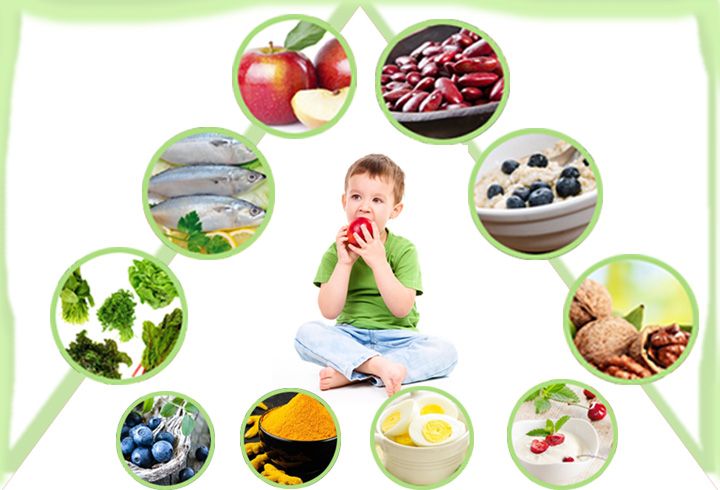 By the way, vegetable oil is the more useful, the closer to the north the oilseed crop is grown.
By the way, vegetable oil is the more useful, the closer to the north the oilseed crop is grown.
Our brain needs a lot of glucose to work properly. We usually get it from foods rich in carbohydrates - such as bread, cereals, confectionery, sugar. By the way, glucose is the only source of energy for our nerve cells - neurons, they are very sensitive to its content in the blood, so its insufficient supply immediately affects the brain.
With a varied diet, the child receives not only proteins, fats and carbohydrates, but also vitamins and minerals, which are also necessary for the active functioning of the brain.
Vitamin B1 (thiamine) is the vitamin of the mind. With physical and mental stress, the need for this vitamin increases by 10-15 times. It affects metabolism and the function of the nervous system. Vitamin B1 is contained in large quantities in the shells of grain products, cereals (buckwheat, millet, oatmeal), shelled peas, yeast, potatoes, blackberries, raspberries, chicory, blueberries, rose hips, sorrel.
Vitamin B2 (riboflavin) - metabolism stimulant. It is involved in tissue respiration, affects tissue regeneration. The need for this vitamin is well covered by plant foods: these are cereals, bread, peas, many vegetables and fruits. There is a lot of riboflavin in sea buckthorn, dandelion, chicory, rosehip.
Vitamin B6 (pyridoxine) - vitamin of strong nerves - affects the excitability and contractility of the neuromuscular apparatus, improves long-term memory, increasing the efficiency of intellectual processes. Found in bananas, potatoes, oatmeal, tuna, chicken. The daily norm can be obtained from 200 g of beef and 50 g of bran flakes. Dishes made from potatoes, wheat, cabbage, peas, buckwheat, sweet peppers, rice, and some fruits are rich in this vitamin.
Vitamin C (ascorbic acid) - immunity vitamin. With a deficiency of ascorbic acid, performance decreases. It is possible to develop a disease such as scurvy.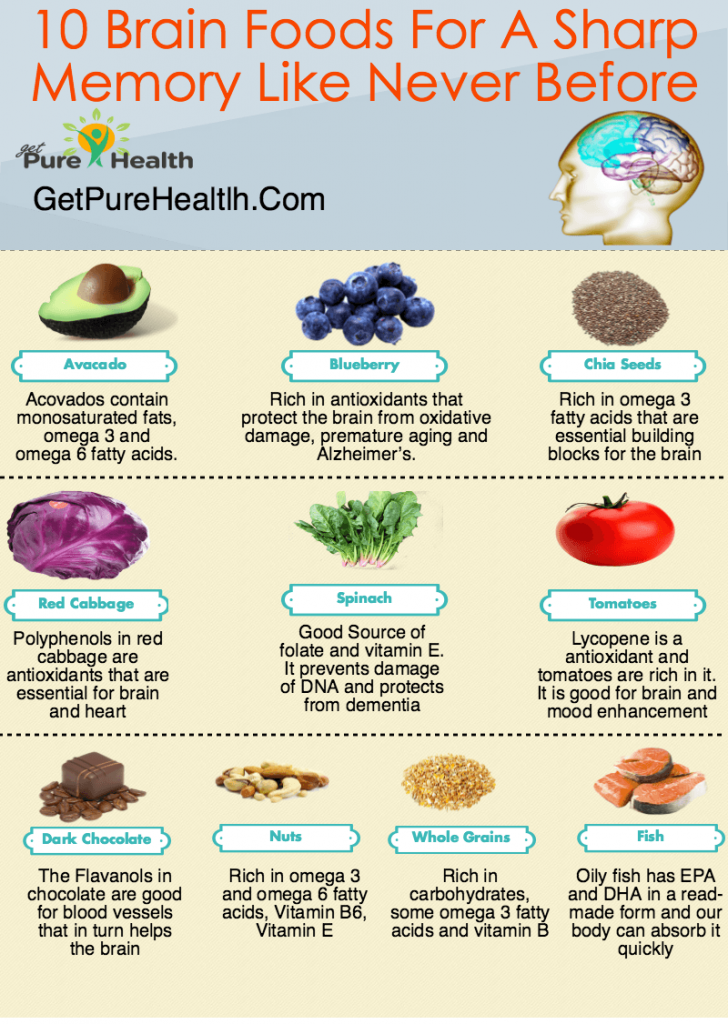 Ascorbic acid is an antioxidant and strengthens cell membranes, increases resistance to oxygen deficiency and other extreme factors. The main source of vitamin C is plant foods: most vegetables and fruits, as well as black currants, citrus fruits, kiwi, rose hips.
Ascorbic acid is an antioxidant and strengthens cell membranes, increases resistance to oxygen deficiency and other extreme factors. The main source of vitamin C is plant foods: most vegetables and fruits, as well as black currants, citrus fruits, kiwi, rose hips.
Vitamin A (retinol) affects visual acuity. The need for vitamin A increases 3-4 times during competitions, physical exertion, and stress. Vitamin A in the form of carotenoids is found not only in cultivated plants (carrots, spinach, peppers, onions, lettuce, tomatoes), but also in wild plants (hawthorn, blackberry, shadberry, viburnum, raspberry, mountain ash, blueberry, dog rose).
Vitamin E (tocopherol) increases the speed of nervous processes, reaction time and intelligence. Tocopherol has antioxidant properties. There is a lot of vitamin E in vegetable oils, cereal germs, green vegetables, sea buckthorn, wild rose, as well as blackberries, mountain ash.
Vitamin P - permeability vitamin. Vitamin P is understood as a large group of diverse (over 500) chemical compounds (polyphenolic compounds, or bioflavonoids). They not only strengthen capillaries, as was previously thought, but also have antioxidant, antimicrobial, antiviral, antitoxic, anti-inflammatory, antispasmodic, antiulcer, regenerating, antitumor and choleretic effects. Bioflavonoids are found in the same foods as vitamin C, i.e. vegetables and fruits.
Vitamin P is understood as a large group of diverse (over 500) chemical compounds (polyphenolic compounds, or bioflavonoids). They not only strengthen capillaries, as was previously thought, but also have antioxidant, antimicrobial, antiviral, antitoxic, anti-inflammatory, antispasmodic, antiulcer, regenerating, antitumor and choleretic effects. Bioflavonoids are found in the same foods as vitamin C, i.e. vegetables and fruits.
Lack of vitamin F can lead to depression and memory impairment. It is found in greens, cabbage leaves, spinach.
Choline is a fat-like substance that helps maintain communication between different parts of the brain. Its deficiency leads to absent-mindedness, inability to concentrate. Choline is one of the components of lecithin, which is found in egg yolks, offal (beef and pork liver, kidneys).
Calcium . Universal regulator of vital processes. It takes part in the transmission of nerve impulses, the secretion of hormones and mediators, the activity of analyzers, etc. , stabilizes the excitability of cells. It has recently been found that this element is able to fight depression. Found in dairy products, dried fruits, broccoli, almonds, sardines. Many fruits and vegetables also contain significant amounts of calcium. These include apricots, grapes, peas, cabbage, green onions, parsley, lettuce, plums, mulberries, etc. Sorrel and spinach are rich in calcium, but the presence of oxalic acid prevents its absorption. Calcium is ideally absorbed in the composition of eggplant, beets, Brussels sprouts, tomatoes. Calcium is also found in many wild-growing edible plants: lingonberries, dogwoods, blueberries, etc.
, stabilizes the excitability of cells. It has recently been found that this element is able to fight depression. Found in dairy products, dried fruits, broccoli, almonds, sardines. Many fruits and vegetables also contain significant amounts of calcium. These include apricots, grapes, peas, cabbage, green onions, parsley, lettuce, plums, mulberries, etc. Sorrel and spinach are rich in calcium, but the presence of oxalic acid prevents its absorption. Calcium is ideally absorbed in the composition of eggplant, beets, Brussels sprouts, tomatoes. Calcium is also found in many wild-growing edible plants: lingonberries, dogwoods, blueberries, etc.
Potassium . Participates in the processes of transmission of nervous excitation, conduction of impulses along nerve fibers, regulates muscle excitability, promotes the expansion of the capillary network, improves blood supply to working muscles. It is especially necessary for the normal functioning of the heart. The most rich in potassium are dried fruits, such as apricots, raisins, dried apricots, dry peaches, dates, prunes.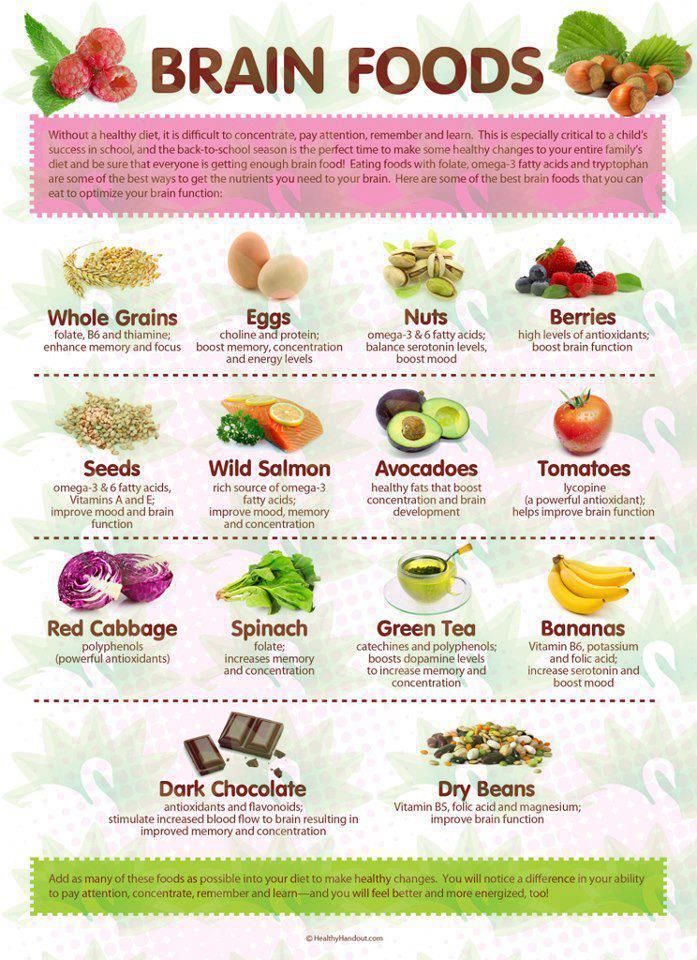 A lot of potassium in baked potatoes, tomatoes, parsley, spinach, Brussels sprouts, blackcurrants, beans, celery, figs. An additional source of potassium can be lingonberries, blackberries, raspberries, dandelions, chicory, blueberries, rose hips, etc.
A lot of potassium in baked potatoes, tomatoes, parsley, spinach, Brussels sprouts, blackcurrants, beans, celery, figs. An additional source of potassium can be lingonberries, blackberries, raspberries, dandelions, chicory, blueberries, rose hips, etc.
Phosphorus is so closely associated with calcium that it is often referred to as phosphorus-calcium metabolism. It is involved in many types of metabolism. It is especially important for the functions of the nervous and muscular systems. Phosphorus is found in small amounts in animal products - meat, fish. A good source of it are only dried fruits, legumes, baked goods, as well as vegetables and herbs: onions, parsley, parsnips, cabbage, horseradish, lettuce, carrots, beets.
Iron is part of hemoglobin, redox enzymes, thereby participating in oxygen transport in tissue respiration. Iron deficiency anemia, which is often detected in young children, leads to the fact that at an older age, especially in elementary school, the child is restless, cannot concentrate on lessons, is motorally disinhibited, concentration and memory deteriorate.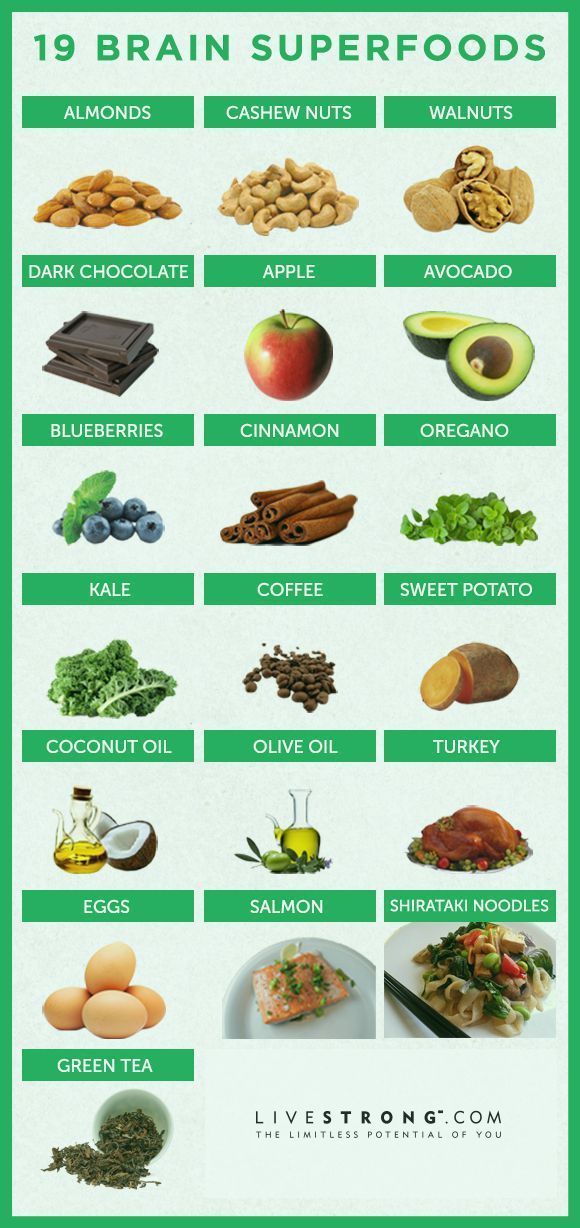
It is very important to take into account not only the quantitative content of iron in products, but also its qualitative form. There are two main types of iron: heme, which is found in meat products, and non-heme, mainly in plant products.
Heme iron is well absorbed and absorbed by the body regardless of the influence of other food ingredients, the percentage of absorption is 17 - 22%, while the absorption of non-heme iron is much lower, 3 - 5%, and its absorption is influenced as activators (organic acids, proteins, carbohydrates, vitamins) and absorption inhibitors (phytates, phosphorus-calcium compounds, dietary fiber, etc.). The degree of absorption of non-heme iron largely depends on the composition of the diet. So, adding 50 g of meat to a vegetable dish or cereals increases the absorption of iron contained in them by 2 times, adding 50 g of fish enhances this process by 1.5 times.
Magnesium deficiency provokes insomnia and headaches, exhausting the cerebral cortex, reducing its capabilities and performance, causes irritability, forgetfulness, causes frequent dizziness. Magnesium is found in boiled potatoes, broccoli, processed cheese, cocoa beans, milk, bananas, honey, almonds, fish fillets, beans, peas, nuts, cereals, herbs, seafood.
Magnesium is found in boiled potatoes, broccoli, processed cheese, cocoa beans, milk, bananas, honey, almonds, fish fillets, beans, peas, nuts, cereals, herbs, seafood.
Lack of chromium causes anxiety, potentiating the feeling of restlessness. Found in corn, black bread, black tea, meat dishes garnished with boiled jacket potatoes, and many other common foods.
Iodine deficiency leads to depression. Chronic iodine deficiency from an early age can lead to cretinism. With iodine deficiency, memory suffers, small hand movements are disturbed, which are associated with the development of speech, attention, the ability to put words into sentences, and the processing of visual and auditory information. Source - algae, mussels, shrimps, sea kale, fish, iodized salt, mushrooms.
Zinc , like iron, an antioxidant, it protects brain cells from harmful effects. It affects all types of metabolism, is part of brain proteins, controls the synthesis of those proteins that are responsible for memory and learning. If the child began to see poorly in the dark, squints, although there are no obvious visual impairments, the zinc content in the blood should be checked. There is a lot of zinc in herring, mackerel, liver, meat, eggs, mushrooms, cereals, pine nuts, pumpkin seeds and sesame seeds. It is better absorbed from meat products than from plant foods.
If the child began to see poorly in the dark, squints, although there are no obvious visual impairments, the zinc content in the blood should be checked. There is a lot of zinc in herring, mackerel, liver, meat, eggs, mushrooms, cereals, pine nuts, pumpkin seeds and sesame seeds. It is better absorbed from meat products than from plant foods.
The diet of a junior schoolchild is directly related to his daily routine. Children spend most of their time at school. In this regard, the alternation of mental stress and periods of rest should be taken into account. During a period of significant mental stress, food should be fractional and easily digestible. The solid part of the diet, a hearty meal that supplies proteins and fats and requires a long digestion, should be transferred to a period of more or less long rest.
Approximate daily routine of a younger student:
- 07.30 – 08.00 Breakfast at home
- 10.00 – 11.00 Hot breakfast at school
- 12.
 00 - 13.00 Lunch at home or at school
00 - 13.00 Lunch at home or at school - 19.00 – 19.30 Dinner at home
Breakfast food should not be heavy, oversaturated with fats. It can be fish, boiled egg or scrambled eggs, cutlet, cottage cheese, porridge. And be sure to have some vegetables or fruits. You can supplement the menu with tea, cocoa with milk or juice.
Lunch should contain protein-rich foods. Meat, poultry or fish contribute to filling the blood with amino acids that stimulate brain activity.
At dinner, on the contrary, you should not eat foods high in protein. Instead, carbohydrates are good, which are most beneficial just shortly before bedtime.
Strawberries, wild strawberries and blueberries improve coordination, concentration and short-term memory.
Berries (cranberries, blueberries, grapes), vegetables (white cabbage and beets) and fish (salmon, tuna, sardines and fatty herring) are very useful for developing the intellect.
Chocolate increases intellectual activity.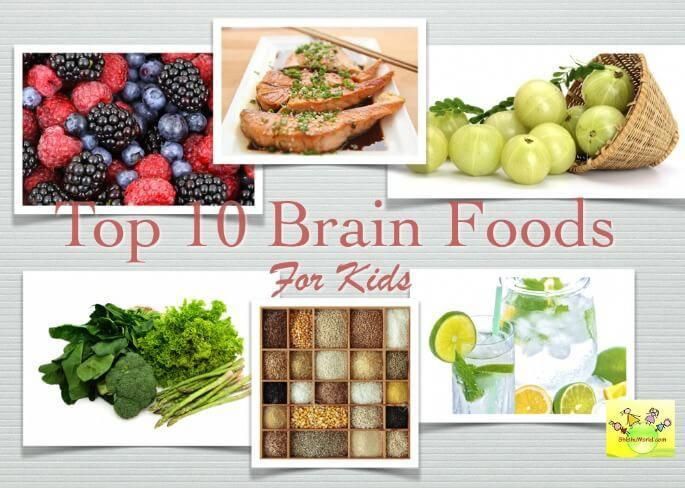 Consumption of chocolate contributes to the production of serotonin in the body, a neurotransmitter and biologically active substance, the lack of which can lead to a decrease in mood and even depression. Chocolate also contains theobromine, a stimulant that dramatically improves mood. Bitter chocolate varieties activate the brain and have a positive effect on the cardiovascular system. Varieties with a high cocoa content (above 70%) have a particularly beneficial effect on brain function.
Consumption of chocolate contributes to the production of serotonin in the body, a neurotransmitter and biologically active substance, the lack of which can lead to a decrease in mood and even depression. Chocolate also contains theobromine, a stimulant that dramatically improves mood. Bitter chocolate varieties activate the brain and have a positive effect on the cardiovascular system. Varieties with a high cocoa content (above 70%) have a particularly beneficial effect on brain function.
The benefits of nuts are undeniable. In all nuts there is a unique unique balance of vitamins and microelements. They are rich in complex proteins necessary for all tissues. Nuts are a source of vegetable proteins, carbohydrates, dietary fiber and fat with a high content of polyunsaturated fatty acids, vitamin E, B vitamins, potassium, magnesium, calcium, phosphorus, iron, manganese, copper and other useful and essential substances for the body. The nutritional value of nuts is provided by a favorable combination of proteins and fats in them; Walnut protein contains many essential amino acids.